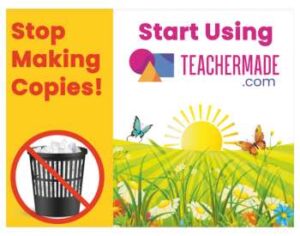I’m currently in the process of developing new digital handouts for my blogging workshops. One of the items that I’m adding to my handouts is a list of terminology and definitions for terms that I frequently use while talking about building blogs. My preliminary list is posted below. Are there terms that you think should be added to the list?
Theme: WordPress and many other blogging platforms use “themes” to describe the look of a blog. The theme can include the color scheme and the layout of elements on the blog. Changing the theme does not change the content of your blog posts.
Template: Blogger and some other blogging platforms use the term “template” to describe the look of a blog. The template can include the color scheme and the layout of elements on the blog. Changing your template does not change the content of your blog posts.
Tag: Tags are applied to WordPress (Kidblog, Edublogs) blog posts to identify the key ideas or purpose of a post. Tags make it easier for people to search and find older posts on your blog. For example, if you write a post about your Revolutionary War lesson, tag it with “revolution” or “revolutionary war” so that at the end of the school year when you have 150 posts on your blog your students can quickly click on the “revolution” tag and jump to the post that have that label. It’s a lot easier to locate older posts by tag than it is to click through archives by date.
Label: Labels are applied to Blogger blog posts to identify the key ideas or purpose of a post. For example, if you write a blog post about your Revolutionary War lesson plan, label it with “revolution” or “revolutionary war” so that at the end of the school year when you have 150 posts on your blog your students can quickly click on the “revolution” label and jump to the posts that have that label. It’s a lot easier to locate older posts by label than it is to click through archives by date.
Tag Cloud and Label Cloud: Tag and Label clouds can be added to your blog’s homepage to make it easy for visitors to see the tags or labels that you use, click on one of them, and jump to a list of all of the posts that have that particular label.
Categories: In WordPress-powered blogs you can use categories for broad descriptions of posts in addition to using tags. For example, on iPadApps4School.com I use the categories “pre-K,” “elementary school,” “middle school,” and “high school.” I assign each post to a category and use tags for describing the academic topic of the post. This way if someone visits my blog looking for math apps appropriate for elementary school he or she can click on the “math” tag then click on the “elementary school” category to find all of my posts meeting that search criteria.
Embed: To display a video, slideshow, audio recording, Google Calendar, Google Map, game, and many other multimedia elements in a blog post you will use an embed code provided by service hosting that media. Embedding media into a blog post does not make you the owner of it and as long as you follow the guidelines set forth by the hosting service you are not violating copyright by embedding something you didn’t create. For example, when you find a video on YouTube that you want your students to watch you can embed it into a blog post and ask students to comment on the blog post. If the owner of that video decides to take it offline the video will no longer play through your blog post.
Embed Codes: An embed code is a piece of code, often HTML, that media hosting services like YouTube provide so that you can easily display the media that they host in your own blog posts. On some services like SlideShare.net an embed code will be clearly labeled as such next to the media you’re viewing. On other services the embed code will be one of the options that appears when you click on the “share” option. YouTube, for example, currently requires you to open the “share” menu before you see the embed code option.
Widget: A widget is a small application that you can include in the posts and or pages of your blog. A widget could be a game, a display of Tweets, a display of RSS feeds, a tag cloud, a calendar, or any other application that offers an embed code.
Gadget: Gadget is the term that Blogger uses for a widget. A gadget and a widget do the same things.
Plug-in: A plug-in (sometimes plugin) is a small application that you can add to the software that powers your blog. Unlike widgets and gadgets plug-ins operate in the background and visitors to your blog will not see them working. A plug-in can add functions to your blog such as suggesting related posts to your visitors or detecting the type of device a visitor is using to view your blog then automatically displaying the mobile or desktop version of your blog’s layout.
Post: “Post” can refer to an entry on your blog as in “a blog post.” “Post” can also be used as a verb as in “I am going to post a new entry on my blog.”
Page: A page on a blog is different than a post because a page is designed for static content. Pages are good for posting information that you want visitors to your blog to be able to quickly access. For example, my classroom blog had pages for curriculum outlines and review guides.
Permalink: Each blog post is assigned its own separate URL this is known as a permalink (permanent link). This URL is the one that you would share if you wanted someone to directly access a post rather than going to your blog’s homepage then searching for the post.










